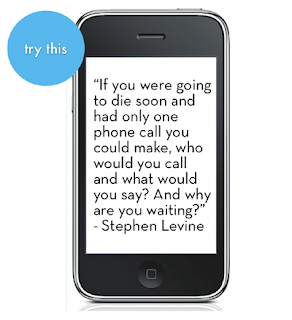According to their website, Kiva is a non-profit organization that connects people through lending to help alleviate poverty. Here is how it works in greater detail. Basically, as a lender, you can search through thousands of profiles from people who are looking for funding to complete an entrepreneurial endeavor. Many of the entrepreneurs are trying to create business opportunities in developing nations or are living in impoverished situations. You can lend as little as $25 with the agreement that they'll pay you back when they can.
Watch this video about how Kiva works:
A Fistful Of Dollars: The Story of a Kiva.org Loan from Kieran Ball on Vimeo.
Is there a risk involved? Absolutely. There is always potential for your loan to never come back to you. However, Kiva has over a 98% return rate on their loans and you can increase the odds of return payment by carefully scrutinizing the entrepreneurs' profiles for feedback ratings (similar to a seller on ebay). Click here for more information on the risks of lending.
Kiva doesn't take any commission from the lenders or entrepreneurs. They are 100% funded by donations, grants, corporate sponsors, and foundations.
For me, this is the perfect way to get students involved in global citizenship. Not only can students be involved in the initial raising of funds (bottle drive, bake sale), but they can scrutinize and choose who they feel is most worthy of the money they've earned. Afterwards, students can keep track of their loan through regular updates on the Kiva site, and re-invest once that loan has been paid back.













